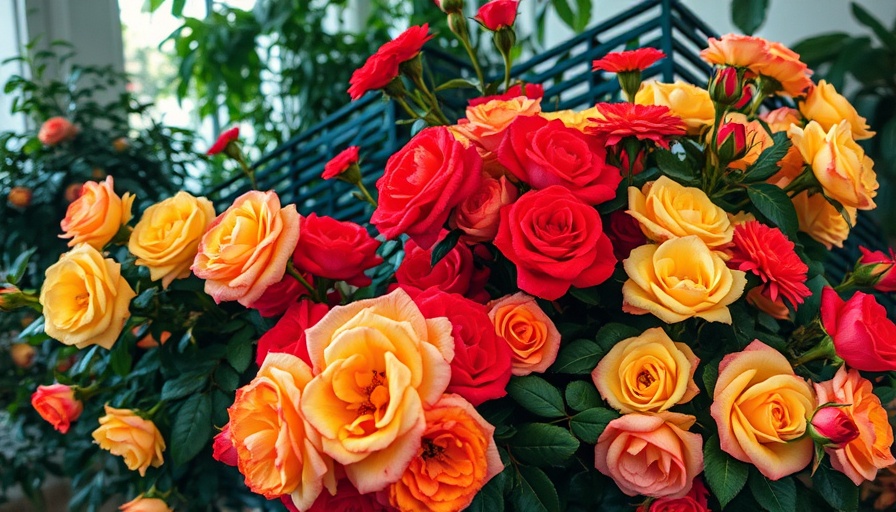
The Ultimate Guide to Purchasing Rose Bushes for Your Garden
Buying rose bushes for your garden can be an overwhelming yet exciting task. Many gardeners head to the store without a plan, picking the first attractive bush they see. While spontaneity has its charm, an informed approach can lead to a thriving garden filled with beautiful roses. This guide aims to equip you with essential tips and insights to make the best choices when selecting rose bushes.
Know Where to Buy: Exploring Options Beyond the Store
When it comes to purchasing rose bushes, your local garden center or big box stores aren't your only options. One of the best places to find quality roses is through your local rose society. Every state has at least one, often hosting annual auctions or festivals where rare and unique rose varieties are sold. Not only are you likely to discover hybrid roses suited for your area, but you’ll also gain access to expert advice from fellow rose enthusiasts and experienced growers.
Additionally, consider local rose gardens or wholesale nurseries. These places frequently sell roses at competitive prices and may offer varieties not found in mainstream stores. Engaging with passionate sellers ensures you receive valuable guidance about which roses thrive in your climate, pest challenges, and care techniques.
Defining Your Needs: What Kind of Roses Do You Want?
Before stepping out to buy roses, it’s crucial to carefully define your gardening vision. Do you want climbing roses for a trellis, fragrant floribundas for a flower bed, or perhaps grounding shrub roses that provide support to your outdoor aesthetics? Identifying your preferences regarding color, fragrance, and size will streamline the selection process.
Furthermore, consider the maintenance level you’re willing to commit to. Some rose varieties demand more attention than others, so knowing your gardening style can help prevent potential frustration down the line.
Bare Root vs. Potted Roses: Which Should You Choose?
When it comes to buying roses, you can usually choose between bare root plants and potted ones. Both options have their benefits, but understanding their differences can enhance your gardening experience.
Bare root roses are typically available in the off-season and can be more cost-effective. They should be planted as soon as possible after purchase to ensure they establish in their new environment. In contrast, potted roses provide a more immediate benefit; they come with established root systems and can often be planted at any time of the season!
Own Root vs. Grafted Roses: Making the Right Choice
One common question among gardeners is whether to choose own root or grafted roses. Own root roses are grown from cuttings and maintain true to the parent plant, while grafted roses are combined with a different rootstock for enhanced disease resistance or growth characteristics.
Choosing own root roses is ideal for gardeners interested in maintaining the exact characteristics of a particular variety, while grafted roses grow more robustly in certain climates. Each type has its advantages depending on your gardening goals!
Practical Tips for Successful Rose Planting and Care
After acquiring your roses, proper planting and subsequent care are vital. Here are a few practical tips to ensure your roses not only survive but thrive:
- Location: Choose a location that receives at least six hours of sunlight per day, and ensure adequate air circulation to help prevent diseases.
- Soil Preparation: Improve soil quality with organic compost or well-rotted manure before planting, promoting healthy growth.
- Watering: Water roses deeply and infrequently, allowing the soil to dry slightly between watering sessions to prevent root rot.
- Mulching: Apply mulch around the base of the plant to conserve moisture and suppress weed growth.
Conclusion: Blooming Your Garden One Rose at a Time
Purchasing rose bushes doesn’t have to be a daunting experience. With careful preparation and a clear understanding of your needs, you can enhance your garden with beautiful blooms that bring joy for years to come. Embrace the gardening journey, and you'll not only enjoy the process but also reap the rewards of a flourishing flower garden!
Are you ready to elevate your gardening skills? Start planning your rose garden today and explore the various options available for an unforgettable floral display.
 Add Row
Add Row  Add
Add 




Write A Comment